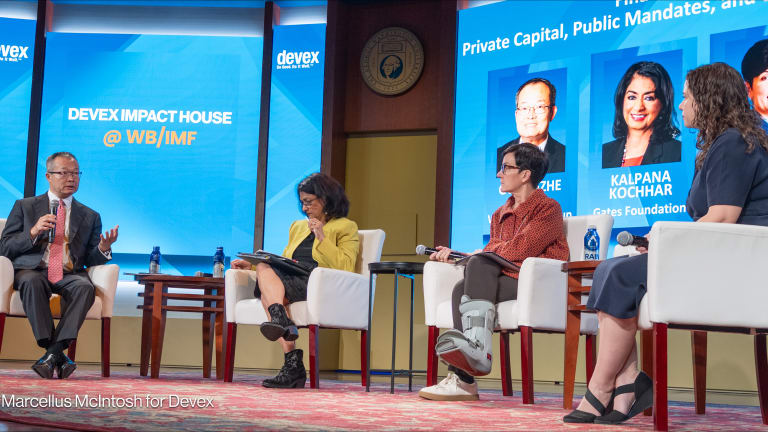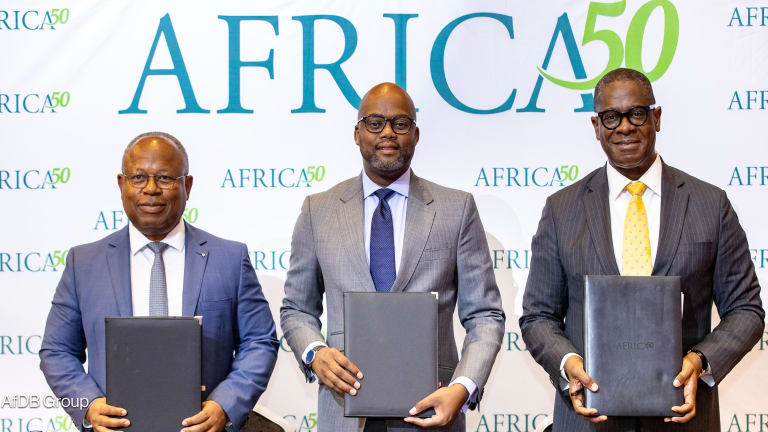ABIDJAN — Impact investing has gained popularity in recent years as some investors increasingly consider the social and environmental impact of projects, along with an intended financial return, when financing projects.
In places such as sub-Saharan Africa, impact finance is often a solution that bridges a financial gap and provides a borrowing response for entrepreneurs and startups, where traditional financial instruments lack the capacity to take on riskier ventures. Since 2014, the European Investment Bank has explored innovative financing through the creation of an impact financing envelope, or IFE, specifically for African Caribbean and Pacific countries to support the sustainability of SMEs.
The IFE division is a part of the EIB’s ACP Investment Facility, which has channeled more than 4.5 billion euros to 230 projects since 2003, primarily stimulating jobs in the private sector and increasing access to finance for small businesses. The newer envelope expands the support to ACP countries in areas of food security, access to basic resources, and the economic and social integration of women and young people. The bank justifies these investments with the above average impact to surrounding communities.
This story is forDevex Promembers
Unlock this story now with a 15-day free trial of Devex Pro.
With a Devex Pro subscription you'll get access to deeper analysis and exclusive insights from our reporters and analysts.
Start my free trialRequest a group subscription







